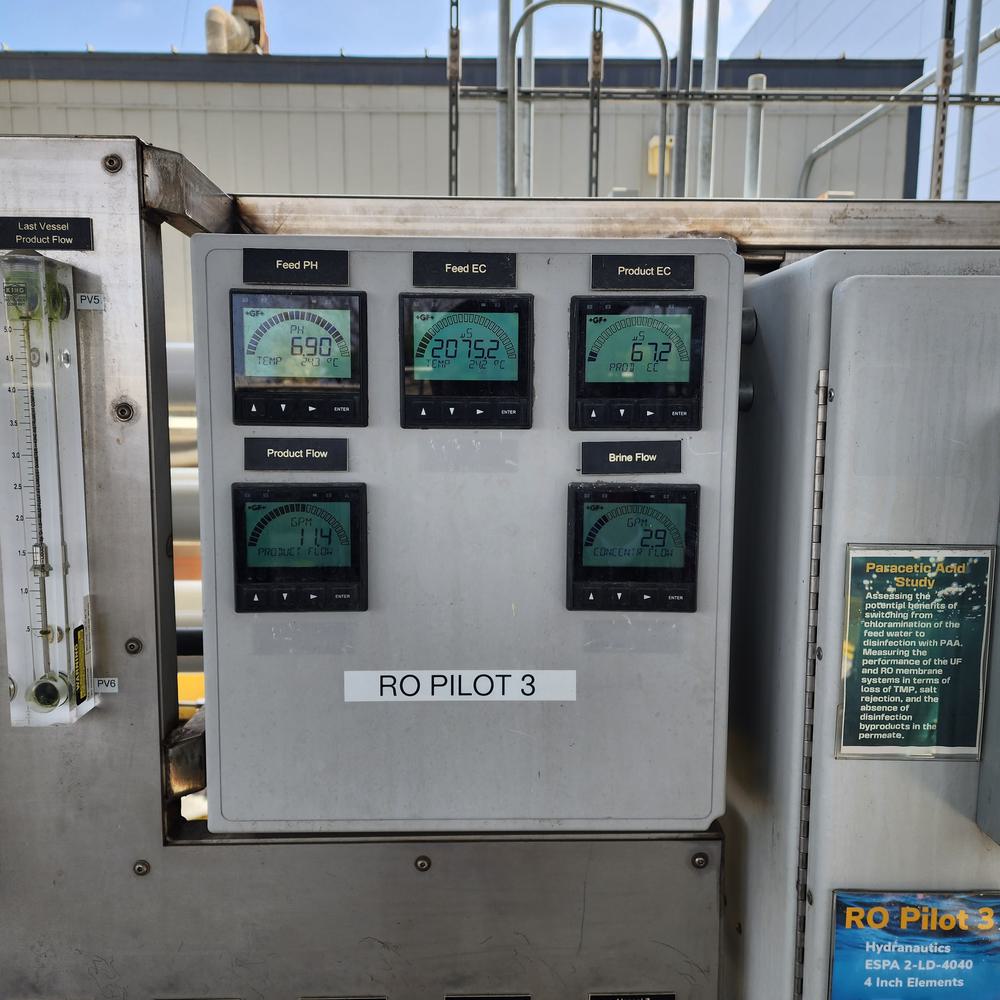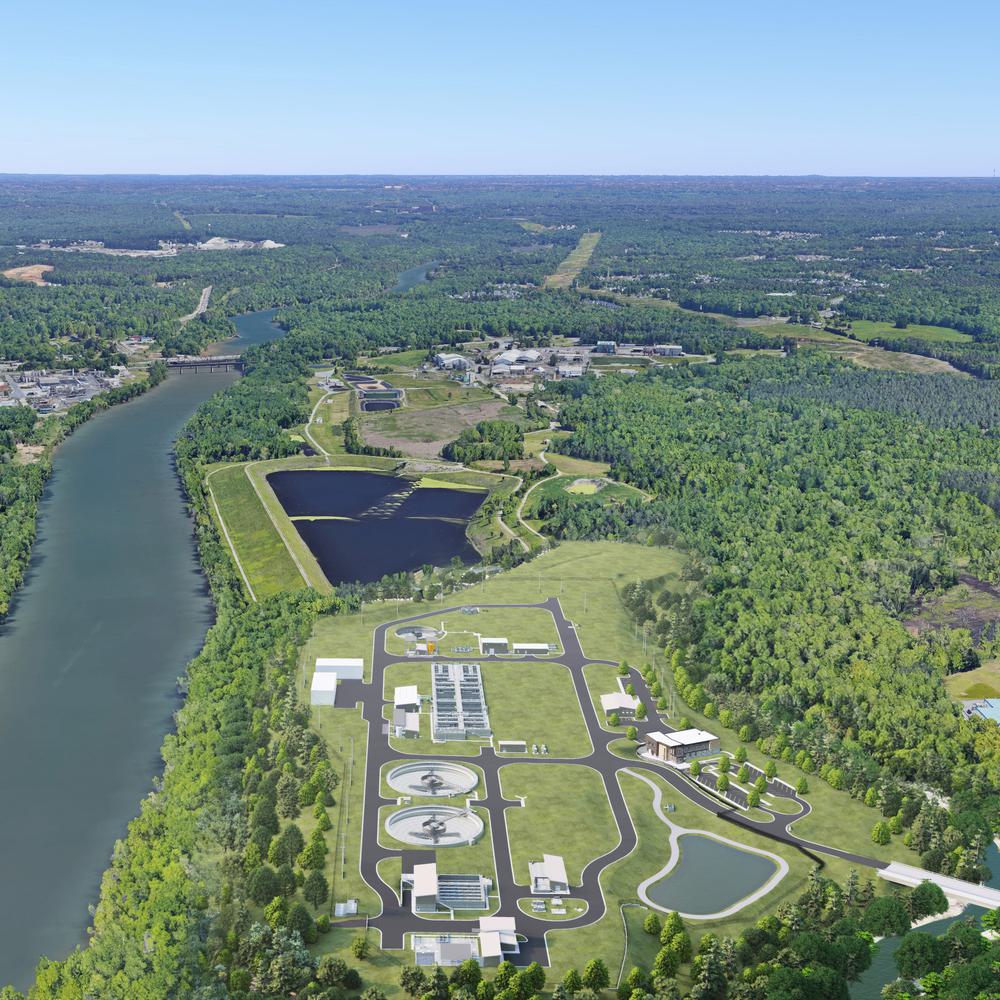Microplastics

Cayla Cook, PE is Hazen's technical expert on specific soluble and particulate contaminants in water and wastewater.
Microplastics in drinking water, wastewater effluent, stormwater, and biosolids are a rising challenge across the globe. They are produced when larger plastic litter breaks down in the environment. As a result of their microscopic size, they are becoming more prevalent and increasingly difficult to remove, taking centuries to breakdown.

Challenges and Regulatory Outlook
Although a nationwide management or monitoring strategy has not yet been established, the understanding of microplastics in drinking water is advancing rapidly. The California Water Resources Control Board has adopted the first regulatory definition, statewide monitoring and, most recently, established laboratory accreditation.
A myriad of sources for microplastics enter wastewater facilities, typically hindering utilities from decreasing their occurrence. Beyond municipal sources for microplastics, industrial, stormwater, landfill, and food waste slurry may increase concentrations in the effluent and/or biosolids.
Microplastics that meet current reporting criteria often constitute a vast majority of those identified in finished drinking water and wastewater effluent. Removal rates dramatically vary by facility type and the processes employed.
Related Topics:
Hazen stays on top of microplastic research to better understand and manage the complex issue.
One Water Perspective
Despite these obstacles, Hazen is uniquely positioned to combat the issue, providing tailored solutions to clients by incorporating microplastics in master planning, assisting in establishing standardized monitoring methods, collaborating with universities for utility monitoring, and closely tracking regulatory developments at the state and national level.
We also remain actively involved with ongoing microplastics research, serving as the co-chair on the Water Environment Federation’s Microplastics Task Force, working with the Water Research Foundation on related projects and studies, and finding ways to support utilities on this emerging issue.













